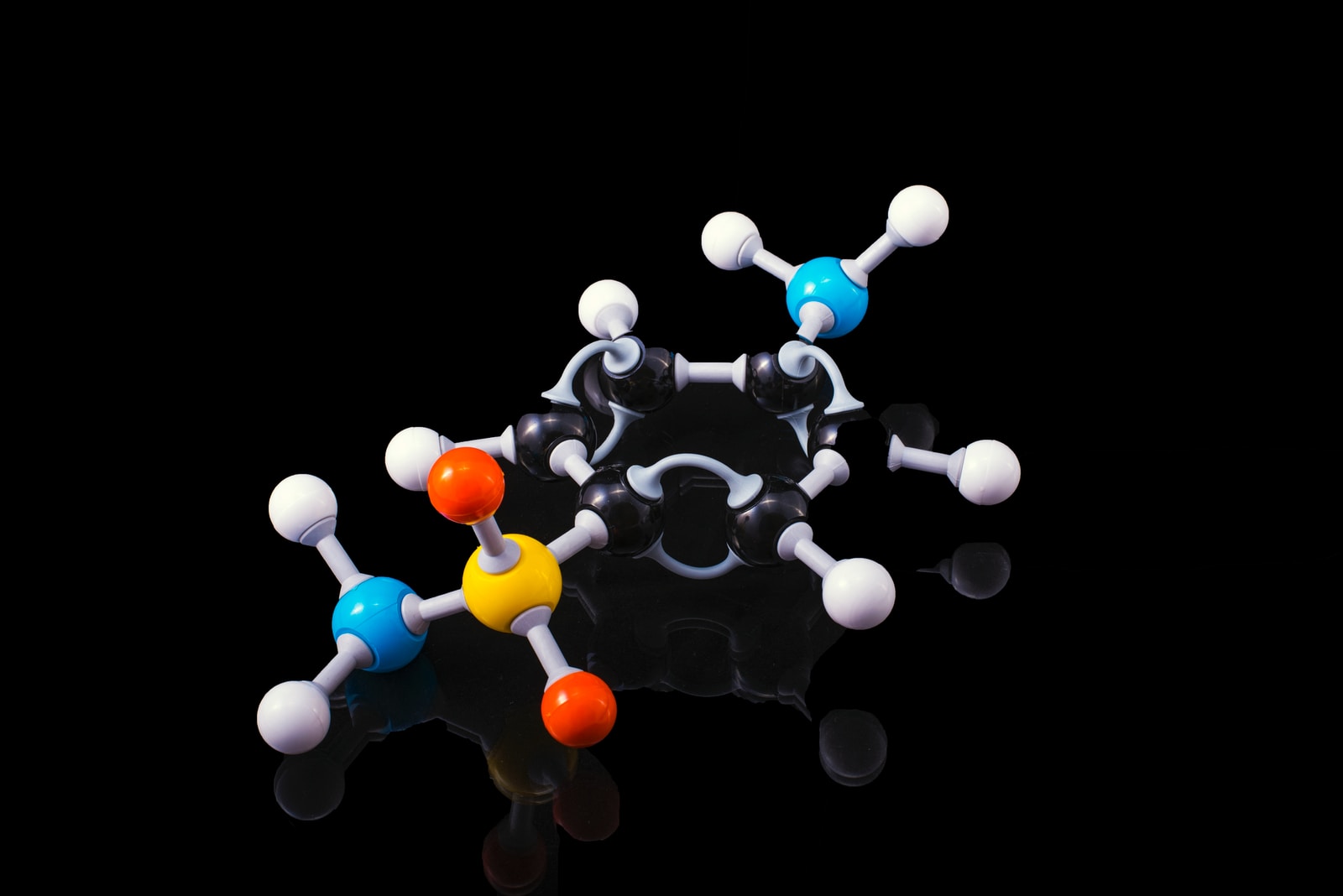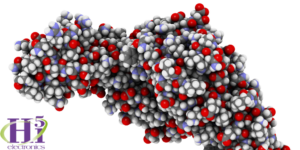

At Hi5 Electronics we are always keen to keep abreast of any new developments in the electronics sphere.
After all, we are working in what is undoubtedly an incredibly fast-moving sector, and if you don’t keep up you risk missing out on important innovations that might be valuable to our own business here in the north of England, and our long-standing experience with printed circuit board design and manufacture.
It was therefore with considerable interest that we read about recent research taking place at Hokkaido University in Japan. Of course, Japan has been an incredibly important innovator and developer of electronics, particularly in the second half of the twentieth century – and indeed into this current century – so this new innovation was followed particularly closely.
This research work revolves around a relatively new, but already burgeoning, branch of electronics known as nanotechnology, working at the very minute, micro end of the electronics sphere. The area concerned is called “single-molecule electronics” and as the name suggests, you would be hard-pressed to find a more precise area of electronic innovation as single molecule electronics works with individual molecules and uses them as components in electronic devices.
Essentially, the researchers from Hokkaido University developed a computational method, predicting how these molecules – forming into benzene clusters – will behave over time, and how they will then interact with one other. The methodology of these researchers was to blend two distinct approaches used previously for molecular dynamic, and quantum chemical, calculations.
Using a computer simulation, the found that when light is applied to the benzene cluster, the cluster automatically reforms from a T-shape cluster into a “single stack”. This process is called pi-stacking. This reformation is also reversible, so that the stack could then be transformed from a single stack back into a T-shape, and then back and forth. Further, this reorganisation also alters the electrical conductivity of the stack, so that the move from one shape to the next, in effect, switches from “on” to “off” modes, almost like a light-switch. Finally, while previous research evidenced that adding just a single molecule of water to a “single molecule” electronic device will adversely affect its performance, this new research was able to prove that the addition of one molecule of water can also cause the shapeshift to happen much faster.
The outcome and further impact of this new computational method is far-reaching and could potentially lead to an entirely new field of electronics considering the types, and combinations, of benzene molecules. This method might be used, for instance, in a computer-simulated cluster of benzene molecules to predict, over time, the changes that might take place. Further, it might expedite the evolution of a new generation of ultra-small electronic devices, constructed from these clusters of benzene molecules.
So, tiny molecules but major impact. These researchers may well be ushering in an entirely new field of science: cluster molecular electronics. As with many innovations, this has come from Japan but might have wide-ranging and global consequences for future electronics. Exciting times, and developments we are keen to track, here at Hi5.